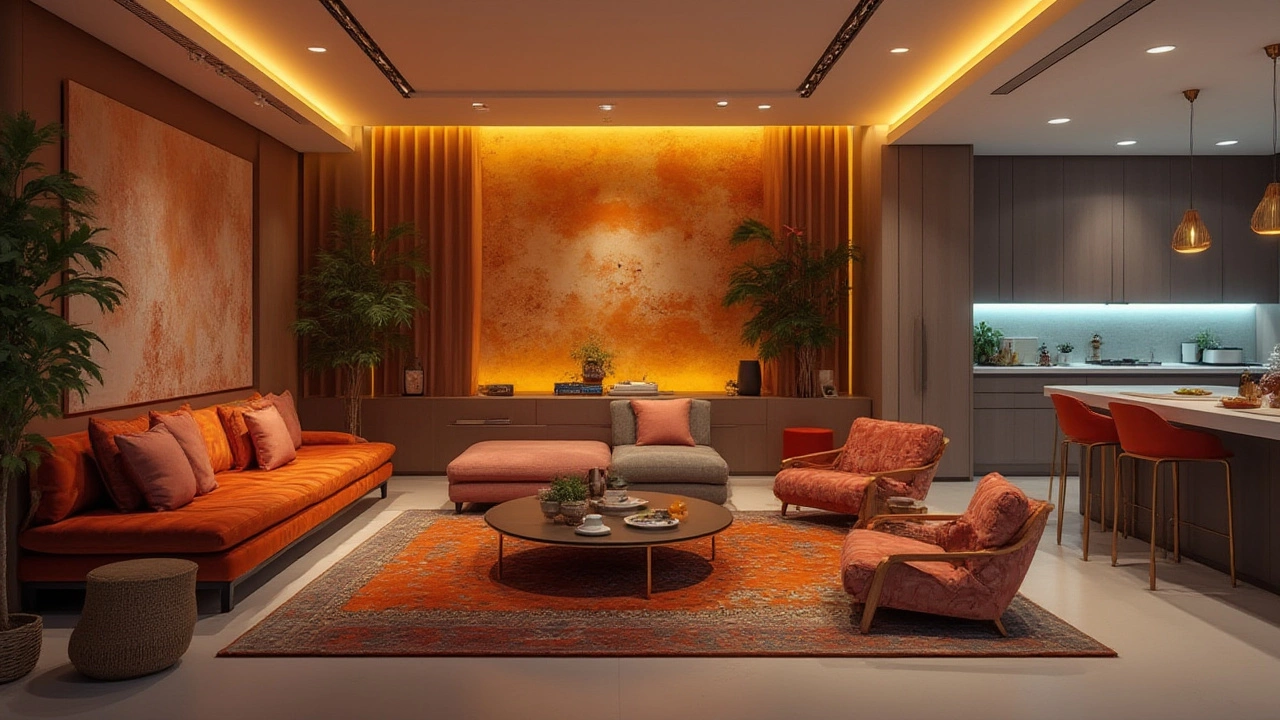Interior Lighting Ideas and Tips
When working with interior lighting, the practice of lighting indoor spaces to balance function, mood, and aesthetics. Also known as home lighting, it shapes how rooms feel and how we use them every day. Interior lighting is more than just turning a switch on; it involves choosing the right type, placement, and intensity for each area. For example, a well‑lit kitchen needs focused task lighting, while a living room benefits from soft ambient lighting that creates a welcoming backdrop. These three concepts – ambient, task, and accent – together form the core of any lighting design strategy. Understanding how they connect lets you plan rooms that look great, feel comfortable, and work efficiently.
Key Lighting Concepts for Every Room
Most homeowners start with the basics: the ceiling light in the hallway and the lamp on the bedside table. But a smart LED fixture, because of its low energy use and long lifespan, can replace multiple older bulbs and give you more control over color temperature. Switching to LEDs also opens up dimmable options that let you shift from bright task lighting for cooking to a relaxed ambience for evening meals. When you pair LED strips under kitchen cabinets with pendant lights over an island, you create layers that serve both visibility and style – a classic example of how interior lighting requires thoughtful layering. In a bedroom, a mix of a dimmable overhead fixture and a bedside reading light lets you customize the environment for sleep, reading, or watching TV without overwhelming the space.
Beyond fixtures, the placement of light sources matters as much as the fixtures themselves. A well‑placed floor lamp can double as an accent piece, highlighting a favorite artwork while adding functional light for a reading nook. In open‑plan homes, using track lighting to zone the kitchen, dining, and living areas keeps each space distinct without adding walls. This approach shows that interior lighting encompasses spatial planning, allowing you to shape how zones flow into one another. When you integrate smart controls – timers, motion sensors, or voice‑activated dimmers – you add convenience and energy savings, turning lighting into a seamless part of daily routines. All these tactics tie back to the central idea that good lighting design isn’t an afterthought; it’s a foundational element of interior design, influencing color perception, room proportions, and even how furniture feels.
Below you’ll find a curated set of articles that walk through specific rooms, lighting styles, and budgeting tips. From bohemian bathroom glow to practical LED upgrades for a corner sofa setup, the collection shows how to apply these principles in real homes. Whether you’re revamping a single room or planning a whole‑house makeover, the posts give step‑by‑step guidance, product recommendations, and design inspiration that put the theory into practice. Dive in to see how a few smart lighting choices can transform any space and boost your home’s comfort and style.
